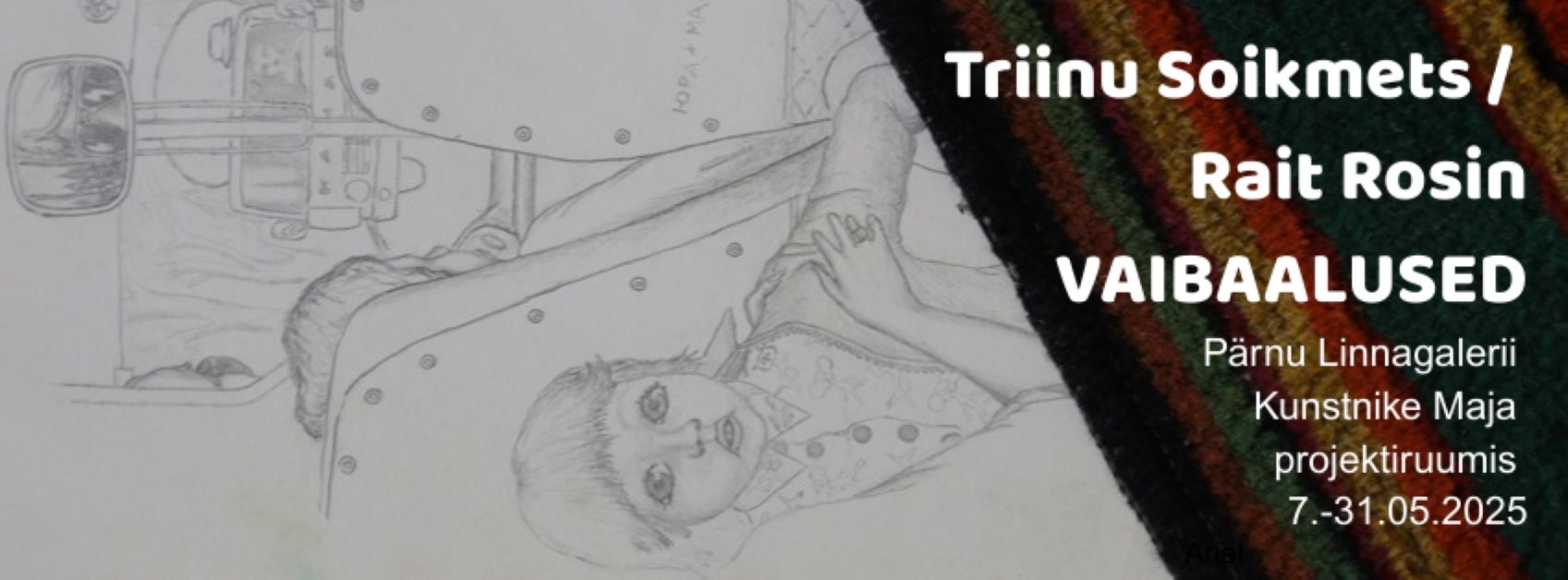“Under the Carpet” Ends Up on the Wall.
The curatorial project “Under the Carpet” by Triinu Soikmets and Rait Rosin explores art that has, both literally and figuratively, been swept under the rug – or even created beneath the floorboards. This kind of creation, once considered unfit for the “parquet floor”, still grapples with the institutional threshold today. Note: In true Pärnu fashion, at least one artwork features a cow, and the exhibition will open with a performative act.
The project takes its starting point from artistic experiments made in the 1980s by the curators’ fathers – Vahur Soikmets and Aleksandr Podõmahin. Both tried to gain admission to the State Art Institute of the Estonian SSR, but were left behind its doors. First one was rejected for pop art influences and suspicious motifs, while the other one for the argumentative tone in the mandate. Neither mourned the decision much, nor did they feel compelled to sell their personal values.
Kaarel Kütas’ father, Priit Kütas from Pärnu, was also once denied entry to the art institute due to orthographic mistakes, despite later publishing a short story in „Looming magazine“ and now having his paintings featured in this exhibition. Artists who didn’t fit the official canon of the time are, within this project, placed in a symbolic dialogue with their contemporary counterparts.
Alexei Gordin challenges institutions by questioning the limits of artistic freedom, while Olesja Katšanovskaja-Münd explores the viability of the artist’s profession, contemporary standards, and personal family history. When life-sized academicism starts crawling out from under the carpet, the walls begin to shake!
Rait Rosin himself has reconstructed his father’s wall paintings as an installation and interpreted some of his assemblages, which stood apart from accepted art during the occupation era due to their form. Triinu Soikmets presents a narrative on how those who claim to speak for art may, in fact, become its destroyers. The death of the author is not the end of art.
The exhibition is supported by Cultural Endowment of Estonia.




